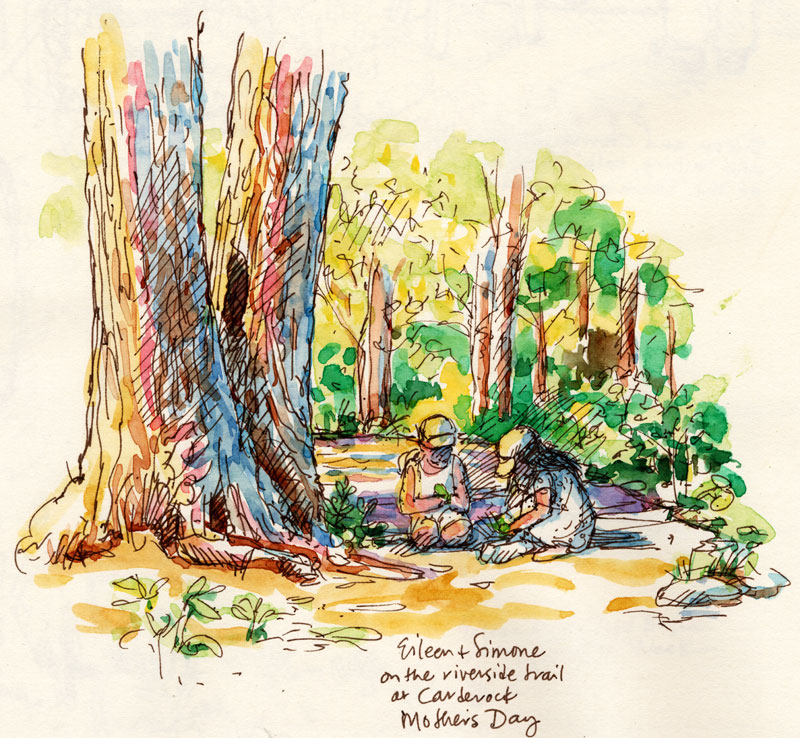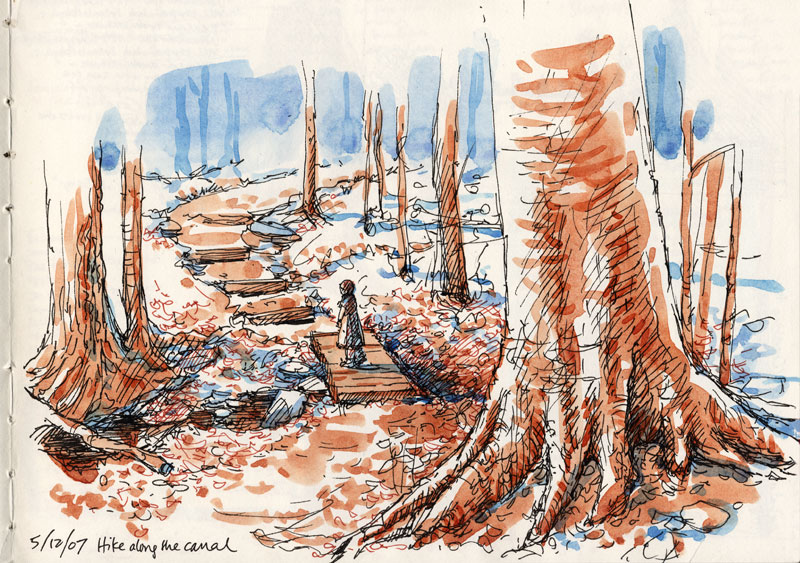
Every year about now I start muttering this poem to myself. And I ponder how suitable it was that its author, Alfred Edward Housman (1859-1936), was born on this day, in the season of the lovely, evanescent, and melancholy cherry blossom.
Housman was one of seven children of a rather depressed solicitor in Fockburg, England who had a tendency to invest heavily in failed inventions. No wonder he was depressed. Housman’s health was frail, and in school he was subject to bullying. As many were, in pretty much any fine olde boys’ public school. His beloved mother’s death when he was twelve was a severe blow. However, as a student he showed great promise, and he won a scholarship to Oxford, where he took up classics.
Although he was brilliant, Housman was unwilling to expend much energy on what didn’t interest him, and he much preferred his studies of the Latin poets to philosophy and ancient history. He failed to pass his final exams, and there is speculation that the cause was not only neglect of his studies but also the disappointing (and lifelong) attachment he had developed to his school roommate, Moses Jackson, which never went beyond friendship (Jackson being heterosexual).
Housman’s failure to pass his studies made it impossible to enter a position in academia, but Jackson, who couldn’t give him True Love, obtained for Housman through his connections the next best thing—a Steady Government Job. (And that sounds really attractive in the current economy.) So for the next ten years Housman was a London Patent Office Clerk by day and classical scholar by night, studying Greek and Roman classics independently and writing articles for learned journals, gradually gaining an impressive reputation that led to a professorship in Latin, first at University College, London, and then Cambridge University, where he eventually published several volumes of his meticulous textual analysis and translation.
But do we remember Housman for his brilliant Latin scholarship? No, we do not. Unless we are brilliant Latin scholars ourselves. No, this clerk by day and scholar by night was somehow finding the time to write evocative lyrical poetry. In 1896 he assembled a collection of 63 of his poems and went looking for a publisher. After being rejected by several, he decided to publish the collection, titled A Shropshire Lad, at his own expense, surprising his colleagues, who evidently had had no idea of Housman’s other interest. The book sold slowly at first, but as musicians set some of his ballad-like poems to music, its reputation grew, and with the advent of the First World War, his themes of death and loss struck a chord in the public. It became one of the most popular volumes of serious poetry ever published.
Apparently an aloof, intimidating professor with a sarcastic wit, Housman was not an easy companion, and when Jackson married, he did not even send Housman word. Housman gradually became increasingly reclusive. But when Jackson was gravely ill in Canada, Housman decided to assemble his unpublished poems so that his old friend could read them before he died. These were published as Last Poems in 1922, 36 years after A Shropshire Lad. One more collection was published posthumously.
And that’s it. What Housman created as a sideline (“I am not a poet by trade; I am a professor of Latin”) has become an inextricable and unforgettable component of the body of English poetry. Housman said once, “The emotional part of my life was over when I was thirty-five years old.” Yet his poetry, at once spare and vivid, is imbued with feeling, without being sentimental. What he did not permit himself in life he has given us on the page.
So go for a walk under the pink and drifting petals, and wish Alfred Housman a Happy Birthday.







